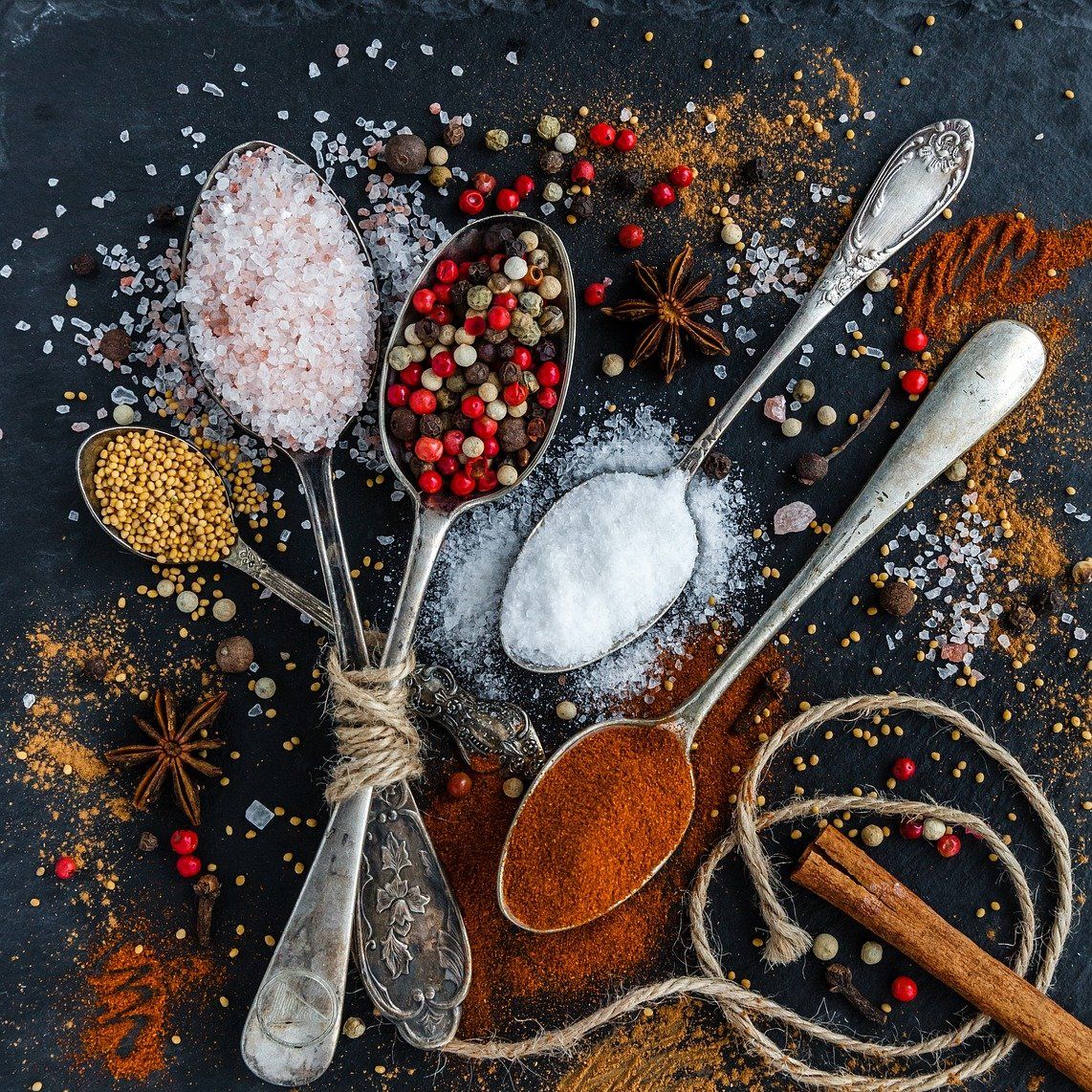
眉
الوصف
眉- Méi
"目" - mù - eye, the upper part of 眉- Méi could refer to "毛" - máo", meaning "hair" or "fur."
The combination represents the hairs above the eyes, hence "eyebrows."
This formation suggests the character's meaning directly and visually connects it to the facial feature it represents.
用法 (Usage)
As a noun, "眉" directly refers to the eyebrows.
眉毛 - méi mao - eyebrows
例如 (For example):
他的眉毛很浓。- Tā de méi mao hěn nóng
(His eyebrows are very thick.)
However, it is often used metaphorically in Chinese to denote expressions or emotions conveyed by the movement of the eyebrows, such as surprise, concern, or anger.
For instance, 眉头- méi tóu - the inner brow, refers to the area where the eyebrows begin, typically located above the inner corners of the eyes.
For example, "皱眉头" - zhòu méi tóu, means "to furrow one's brow," indicating worry or deep thought..
Idiomatic Expressions: "眉- Méi" appears in various idioms that use eyebrows metaphorically to talk about emotions or aesthetic qualities.
例如 (For example):
眉开眼笑 - méi kāi yǎn xiào - lit. "eyebrows rise and eyes smile," meaning to smile joyfully or beam with happiness
眉飞色舞 - méi fēi sè wǔ - lit. "eyebrows fly and colors dance," used to describe vivid, expressive facial gestures of excitement or happiness
Metaphorical Usage: In poetic or artistic contexts, "眉" can metaphorically relate to things that resemble the shape or curve of eyebrows.
例如:(For example):
山的轮廓好像一道眉形。-Shān de lún kuò hǎo xiàng yí dào méi xíng 。
(The outline of the mountain resembles the shape of an eyebrow.)
قناة البث الصوتي
每日一字
المؤلف
جميع الحلقات

01. 形影不离Follow like a shadow——《七月与安生Soulmate》

Story: What is this called?

EP0 - About this channel | เล่าเรื่อง in Thai (language)

TASK 49 - LIVE TO WORK OR WORK TO LIVE

Tudo é cultura ep. 3

Updated-Korean Conversation 1. (Beginner 1) - Lesson 9. - Beginner 1 Part 1 -을 거예요/-ㄹ 거예요(1), Part 2 -아요/-어요/-여요(2)

77. おれを使うときはよく考えて/私、ぼく、おれなどの自分の言い方②

Is learning with music a good idea?
حلقات رائجة

Chinese Lines 中文台词
01. 形影不离Follow like a shadow——《七月与安生Soulmate》

Learn English with Stories
Story: What is this called?

Kru Bo Thai Native
EP0 - About this channel | เล่าเรื่อง in Thai (language)

English with Angela - conversation
TASK 49 - LIVE TO WORK OR WORK TO LIVE

Tudo é cultura
Tudo é cultura ep. 3

Korean Listening Class 한국어 문장 듣기 - Korean teacher, Grace
Updated-Korean Conversation 1. (Beginner 1) - Lesson 9. - Beginner 1 Part 1 -을 거예요/-ㄹ 거예요(1), Part 2 -아요/-어요/-여요(2)

Japaneseだんだんpodcast
77. おれを使うときはよく考えて/私、ぼく、おれなどの自分の言い方②

Teacher Joseph's Podcast
Is learning with music a good idea?